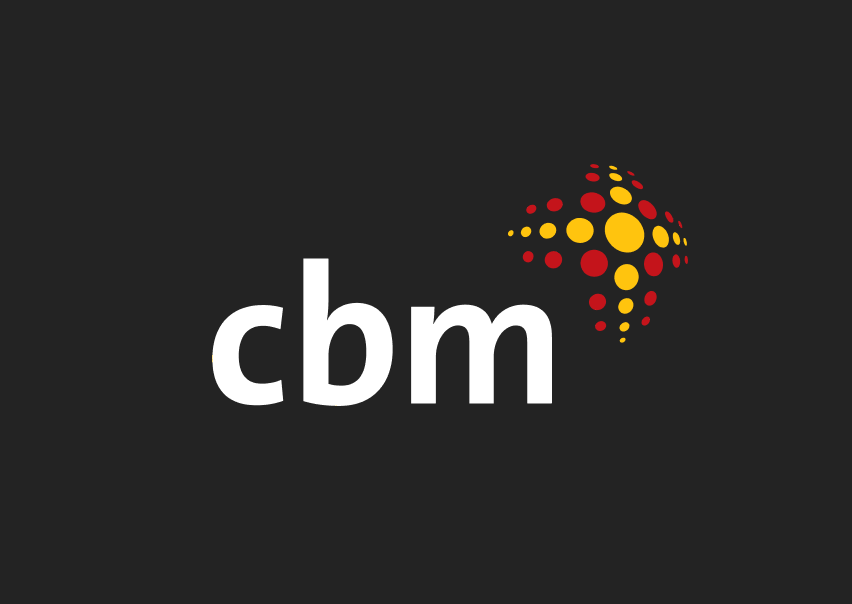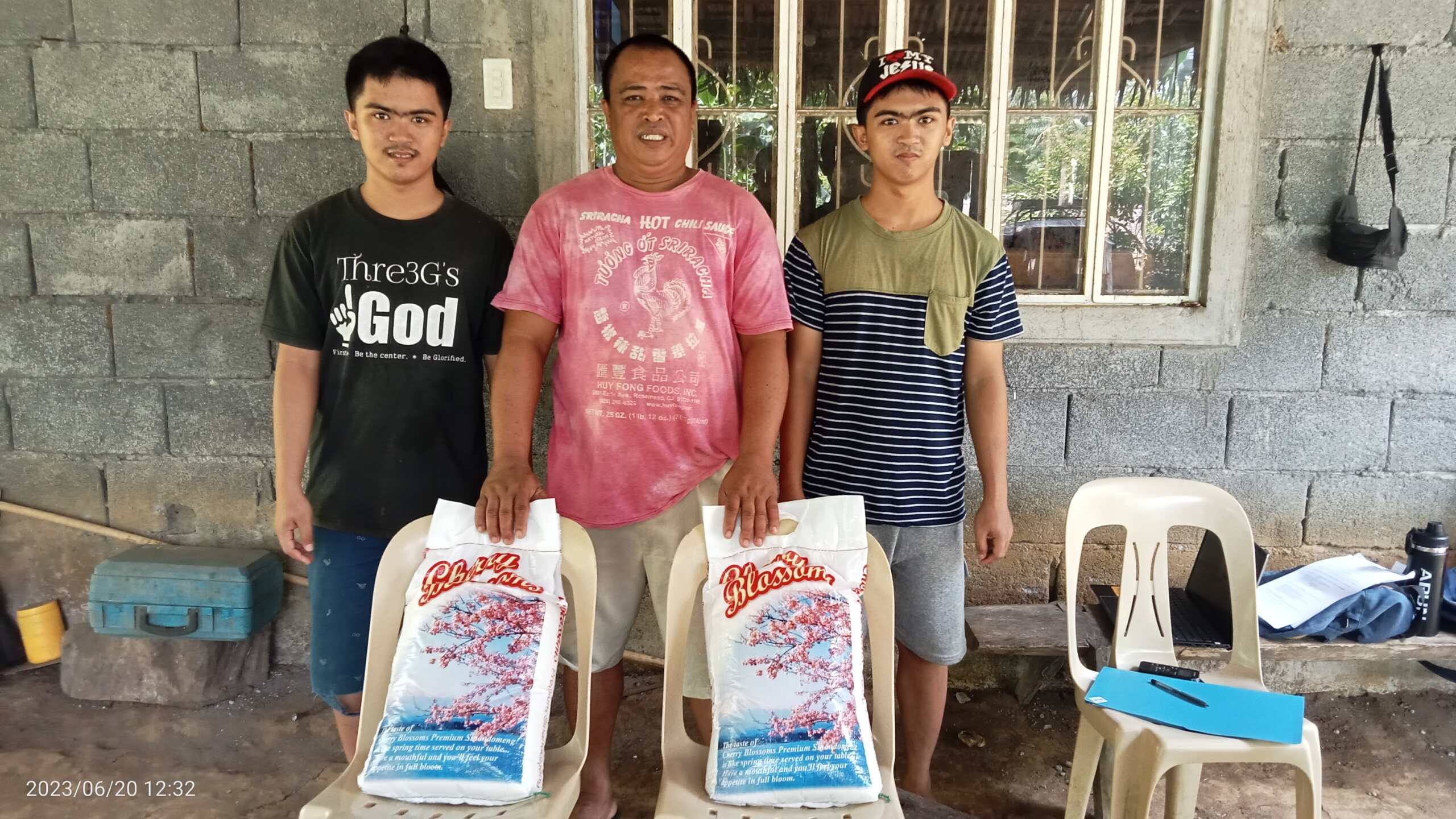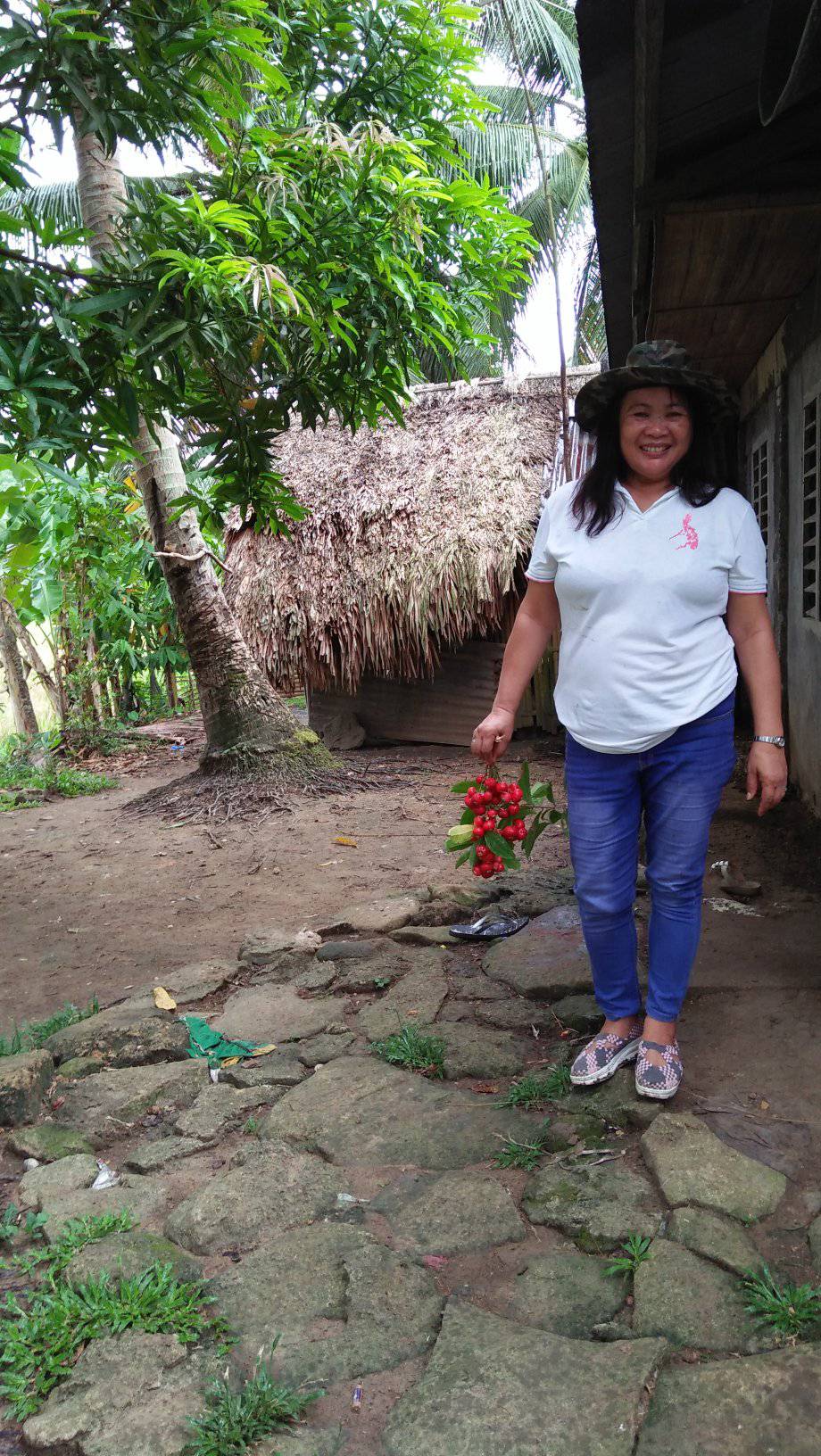Disability Inclusion is a key measurement for a world leading International Development Policy
Stories | February 17, 2020
Over the past decade Development for All strategies have driven Australia’s reputation for being at the forefront of efforts in developing countries and in influencing other governments and the United Nations to ensure people with disabilities are not left behind.
Despite this success there is still a long way to go in ensure that all aspects of Australia’s aid program are inclusive and support people with disabilities to emerge from the cycle of poverty. Several key areas within the international development program currently lag on disability inclusion including agriculture, fisheries and water, infrastructure and aid for trade. The only way to ensure all areas are addressing disability inclusion is through the introduction of targets in the performance framework. A target can drive improved performance in disability inclusion and fosters the active participation of people with disabilities. This is an important step in meaningfully addressing poverty reduction and inclusion. A new performance framework provides the perfect opportunity to introduce such a target.
People with disabilities are among those furthest behind and accordingly the SDGs and their indicators clearly state that disaggregated data is needed and should be collected for the purpose of monitoring advancement in the implementation of the goals. The Sustainable Development Goals Report 2017 states, ‘a lack of rigorous evidence and comprehensive data has long compromised the ability of governments and the international community to accurately document the discrimination faced by various groups. As a result, planning and budgeting for necessary services along with effective policy making have suffered. …persons with disabilities, for example, have largely fallen off the statistical “map”.’ Australia need to ensure people with disabilities are firmly ‘on the map’ in terms of measuring our impact overseas.
Efforts have already started to ensure countries are reporting on disability inclusion in relation to Overseas Development Assistance (ODA). A disability inclusion marker has a critical role to play in providing better data on whether interventions are disability inclusive, understanding the current state of play, set targets and take concrete steps towards implementing the Convention on the Rights of People with Disabilities and the Sustainable Development Goals. Australia could show it’s leadership and commitment to disability-inclusive development by introducing this marker as a compulsory part of the performance framework and reporting requirements.
We have collectively made commitments to leave no one behind and this means ensuring that, by 2030, people with disabilities along with others will no longer experience barriers to improvements in education, employment, access to infrastructure, health, or gender equality. Disability inclusion cuts across all the programs, sectors and contexts in which the Australian development community operates. The only way to ensure this is actually happen is to make sure we’re capturing the data and monitoring our progress.
https://www.cbm.org.au/stories/disability-inclusion-key-measurement-international-development-policy
Related Stories

Rise and Thrive: Building resilient communities through inclusive mental health
As the climate crisis accelerates, communities across the Indo-Pacific...

A Father’s Unconditional Love
Allan is a farmer and father of 21-year-old twin brothers, George and Gerald, who together, live in a remote village in the Bicol region...

Estrella’s journey from patient to mental health advocate
Had you asked Estrella from the Philippines what her future looked like five years...
